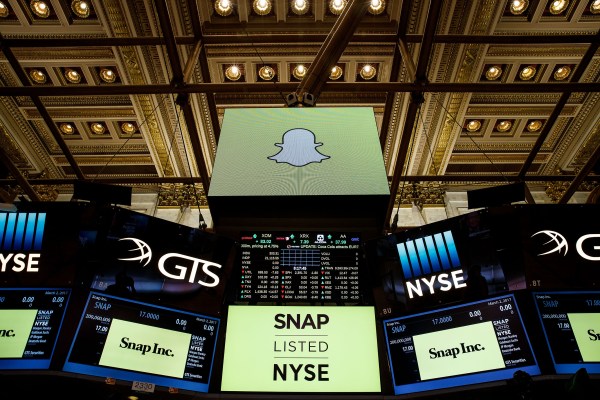Snap, Inc. has been very successful in luring legacy TV content providers and networks to its yard, mostly on the back of its unique demographics. Wall Street Journal reports that Snap has deals in place with NBCUniversal, A&E, Discovery, ABC, the NFL and is in talks with CBS and Fox, and will today announce a deal with Scripps Network Interactive, which is responsible for the Food Network and HGTV. Snap’s building a TV slate, as are many of its streaming and social networking peers, including Twitter – but the approaches of these two companies, which are themselves similar in many other regards, differ significantly.
Twitter also recently laid out plans for a selection of original programming, but that company’s emphasis is on live streaming content. Snap will focus on likewise original, but also pre-recorded shows, many of which are tie-ins of existing content broadcast on network TV. Twitter’s looking to replace a 24-hour live TV service, while Snap’s looking to build something new, and complimentary to existing TV.
But both companies face similar problems, though they’re at different stages of their maturation. Twitter and Snapchat both saw explosive early growth, but have seen that peter out to more modest increases later on. Both also have primary products that are either attractive only to a relatively constrained user population vs. the competition, i.e. Facebook, or are easily copied by the competition, i.e. Facebook, and are looking around at ways to transform parts of the business related to video to differentiate themselves for audiences and advertisers alike.
What’s interesting about how Snapchat is handling things is that it’s very much involved in guiding the creation of its TV content, whereas Twitter appears to be explicitly leaving that aspect of things to its media partners. The WSJ reports that Snap execs regularly sit down with studio brass to show them how to create content that’s going to be engaging for a Snapchat audience – and the studios are soaking up their advice.
Snap’s three to five minute shows are more YouTube than broadcast, but with a more collaborative relationship with old media entities. Twitter’s 24/7 news programming with Bloomberg is a more direct translation of the TV model, but it’s also focusing elsewhere on brands and media upstarts that don’t have as much broadcast experience, including BuzzFeed.
One thing that’s working in the favor of both companies: They lack the monumental power of a juggernaut like Facebook. Partners can expect a more equitable and balanced relationship, which is important especially for networks that have been in the driver’s seat in TV for so long. They’ll still have to prove they can offer eyeballs over the long-term, but these early efforts at rethought versions of the medium are already making TV in general more exciting than it has been in a long time.
